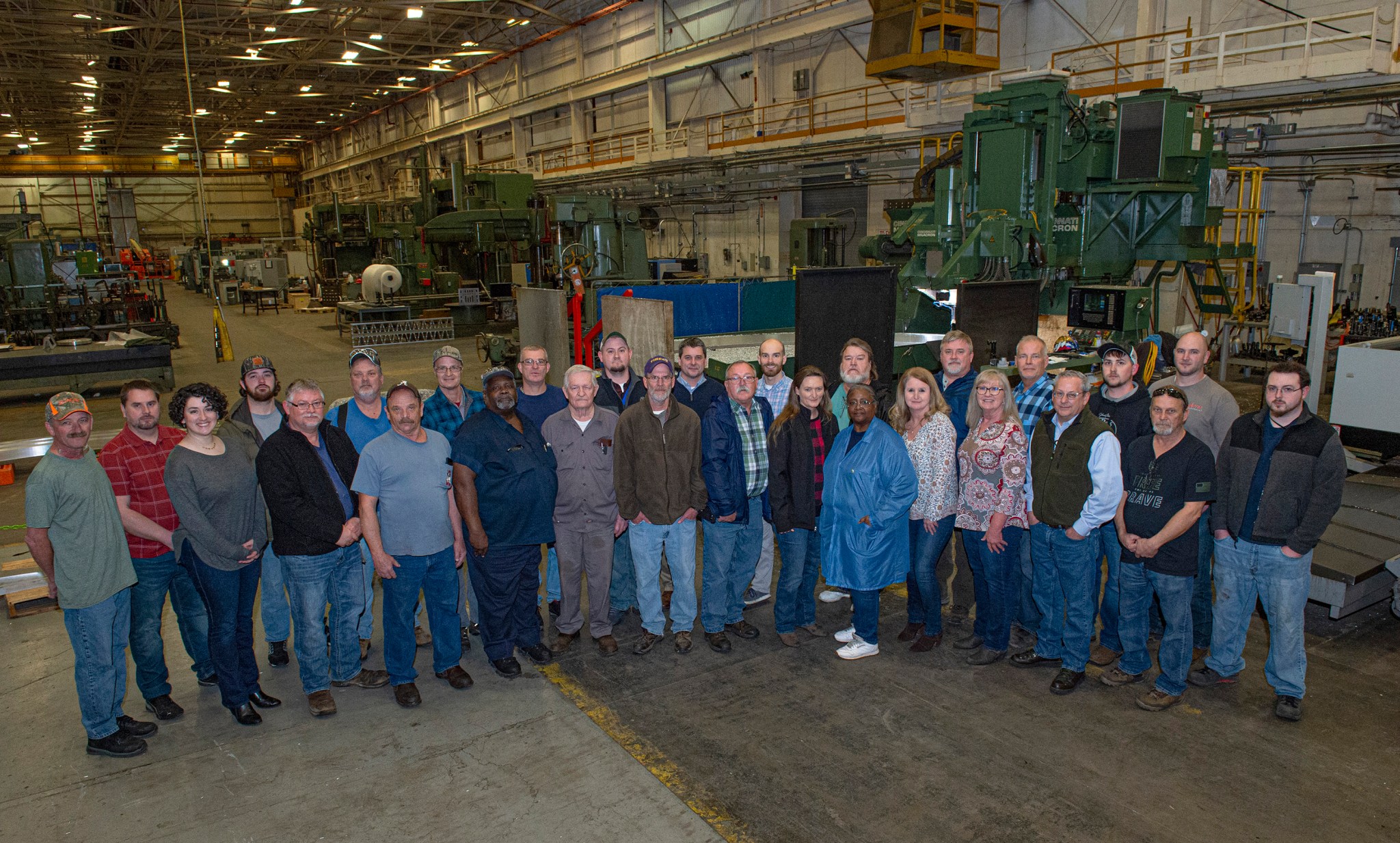NASA delivered upgraded life support hardware to the International Space Station March 9 aboard SpaceX’s 20th resupply mission.
Improving life support with reliable systems will help enable human exploration to the Moon and Mars. Building on experience gained at the space station over the last 20 years, NASA will land the first woman and next man on the Moon by 2024 through the Artemis program and prepare to extend humanity farther into the solar system.
The station’s water recovery system provides clean water by reclaiming wastewater — including water from crew members’ urine, cabin humidity condensate and water from the hydration system inside crew members’ spacesuits. The redesigned urine distillation assembly — which boils astronauts’ urine to begin purification — will be installed into the space station’s urine processor assembly and tested to ensure the hardware functions as intended.
The recovered water must meet stringent purity standards before it can be used to support crew, spacewalk, or payload activities. Water produced by the urine processor is combined with all other wastewaters and delivered to the water processor for treatment. The water processor sends the water through a series of filtering materials and chemical reactions for purification. The water purity is checked by electrical sensors in the systems, and unacceptable water is reprocessed until it meets purity standards. Clean water is sent to a storage tank — ready for the crew to use.
Observing the urine processor assembly in action since its installation in 2008 has revealed some weak points in the system — specifically concerning the long-term reliability of the hardware.
“One of the most important things we’ve learned in the last 12 years of the hardware’s orbital operation is that the hardware is vulnerable in its steam environment,” said Jennifer Pruitt, Environmental Control and Life Support System (ECLSS) urine processor assembly project manager at Marshall Space Flight Center in Huntsville, Alabama. “We took those lessons learned and upgraded our urine distillation assembly to create a more reliable system equipped to travel to the Moon, Mars and beyond.”
These upgrades focus on internal redesigns — including a new toothed belt drive system, bearing seals, Teflon spacer and liquid level sensor — all of which will aid in controlling the hardware’s steam and fluid environment to provide the crew with the cleanest water possible.
The ECLSS team has spent the last two years updating components of the space station’s water recovery system. To conserve costs and manage size constraints, Marshall’s ECLSS team came together to think of creative ways to address known issues and improve the system’s reliability without entirely replacing the components. After several rounds of brainstorming, iterative design and testing, the team completed the hardware build two months ahead of schedule — landing the hardware on an early resupply mission for a technology demonstration aboard the space station.
“This team sees the importance of the project for Marshall, the space station, the astronauts and for furthering deep space exploration,” Pruitt said. “They embody what I love about working here: taking pride in your work, really caring about something and making it happen.”
Deep space missions in the future will rely heavily on efficient use of resources. The great distances traveled and the limited space on the vehicles will limit water resupply.
“Improving the efficiency and reliability of the current system will diminish the need for an excess of spare parts on board,” Pruitt said. “With less maintenance required, the crew can focus on the science at hand.”
Marshall and other NASA field centers will continue working to develop regenerative life support hardware to maximize recycling of water and oxygen to sustain life and allow humans to travel deeper into space than ever before.



























